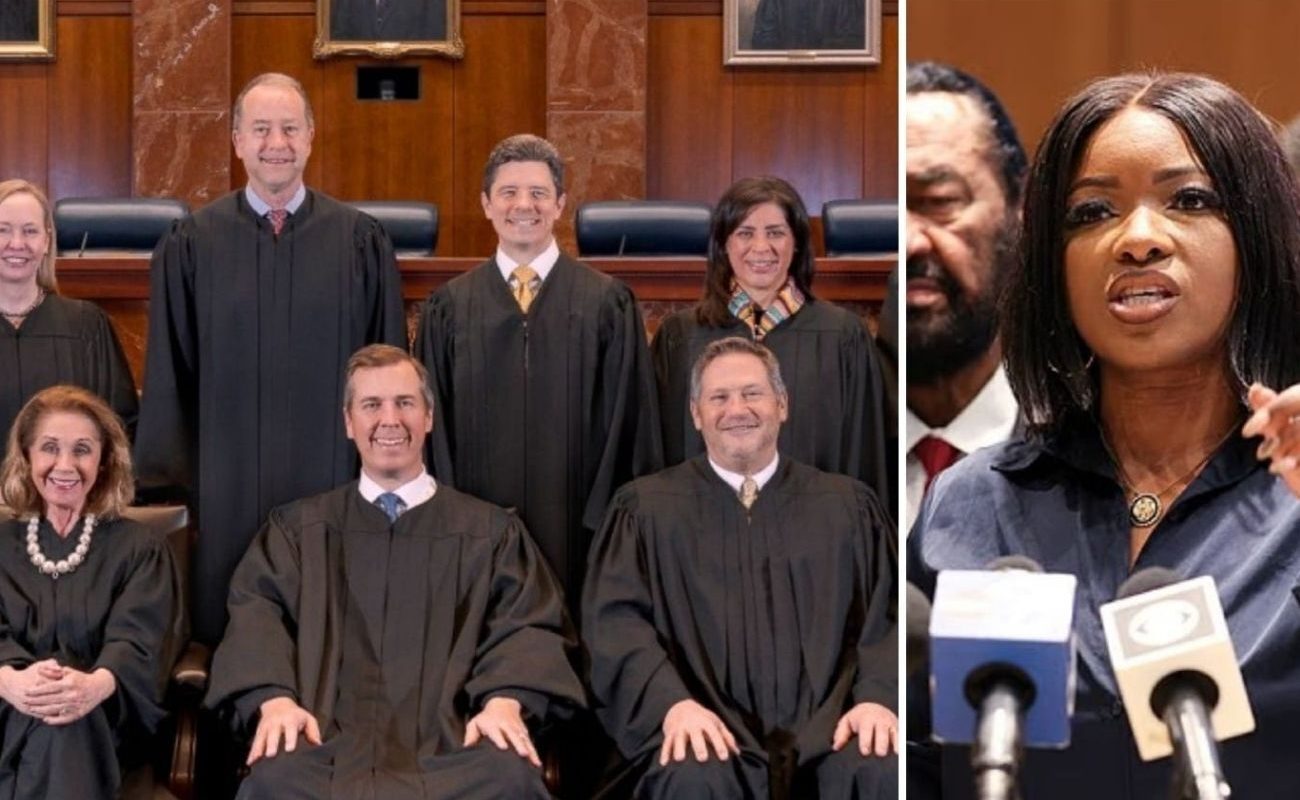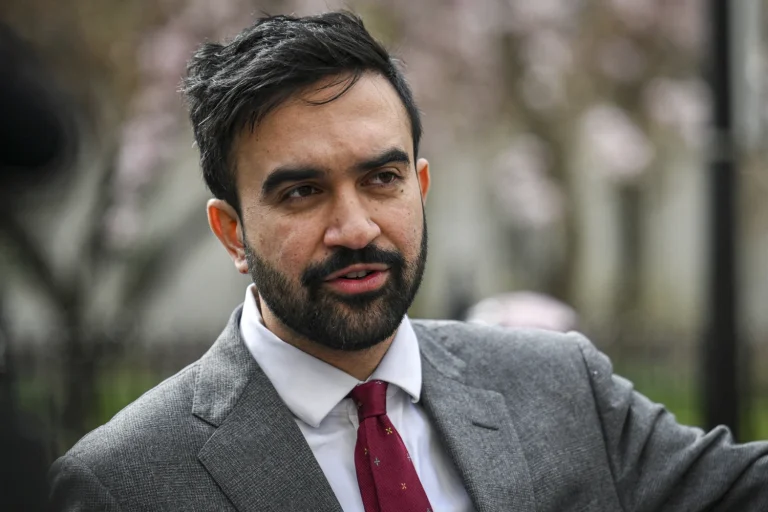Introduction
Texas is at a political crossroads as lawmakers, legal teams, and candidates await a critical federal ruling on the state’s newly approved GOP congressional maps. With less than a week before the 2026 election filing deadline, the fate of these district lines could reshape the political landscape and influence the balance of power in Congress.
The stakes are high. The new maps, passed during a controversial special session this summer, could add as many as five Republican seats, sparking lawsuits and national attention.
The Controversial GOP Redistricting Plan
The Texas Legislature approved the new congressional maps after House Democrats staged a dramatic walkout in a failed effort to block the vote. The maps redraw key districts across the state and are designed to favor Republican candidates.
Republicans argue the maps reflect political strategy, not racial bias. Democrats, supported by organizations like the NAACP and LULAC, claim the maps constitute racial gerrymandering, violating federal voting rights protections.
A panel of three federal judges in El Paso heard a 10-day case in October to determine whether the new maps are legal. Their decision will dictate whether candidates file under the new lines or revert to the 2021 boundaries. The filing deadline is December 8.
Impact on North Texas Democrats
The proposed maps are particularly consequential in North Texas. Currently, three Democrats hold seats: Rep. Jasmine Crockett of Dallas (30th District), Rep. Julie Johnson of Farmers Branch (32nd District), and Rep. Marc Veasey of Fort Worth (33rd District).
Under the new plan, North Texas would likely drop from three Democratic-majority districts to two. The 32nd District would shift toward Republican control. Crockett and Veasey have yet to confirm their exact plans, while Johnson has indicated she will run in the 33rd District.
These changes place Democratic incumbents in a challenging position, forcing strategic decisions about where to run and how to defend their seats.
The Democrats’ Walkout and Political Fallout
The summer walkout by Texas House Democrats drew nationwide attention. More than a month of political theater unfolded as lawmakers fled the state to prevent a quorum. Their aim: to halt the Republican redistricting effort.
The standoff prompted Governor Greg Abbott to petition the Texas Supreme Court to remove the House Democratic caucus leader, Rep. Gene Wu, from office. Attorney General Ken Paxton joined the effort, seeking the ouster of Wu and 12 other Democrats.
Paxton argued that fleeing the state to block legislation is tantamount to abandoning office. “If you deliberately, openly, and blatantly refuse to show up to work for weeks on end, you lose your job,” Paxton said in September.
The court has now combined Abbott’s and Paxton’s cases, which could set a legal precedent for any lawmaker attempting to leave the state to halt legislative business in the future.
Legal Battles and Appeals
The federal panel’s upcoming ruling is expected to move quickly to the U.S. Supreme Court on appeal, should the decision favor either side. Republicans hope the Supreme Court will uphold the new maps, giving them a clear path to boost their House majority.
Democrats argue that the maps are unconstitutional and suppress minority representation. If successful, their challenge could revert the state to the 2021 boundaries, complicating campaign strategies and potentially affecting voter turnout.
National Implications
The Texas redistricting battle reflects a broader trend. Across the U.S., GOP-controlled states have undertaken similar efforts to reshape congressional maps ahead of the 2026 midterms. President Donald Trump personally called for adding Republican seats in Texas to strengthen the party’s slim House majority.
This case could influence other states, providing legal precedent for future redistricting disputes and raising questions about the limits of partisan gerrymandering.
Political Strategy and Public Reaction
Republicans are confident that the new maps will give their candidates a distinct advantage. Democrats, meanwhile, warn that the plans dilute minority voting power and reduce competition in traditionally Democratic districts.
Voters in affected areas are paying close attention, as the outcome will determine which candidates appear on the 2026 ballot and which communities gain or lose political influence.
The High-Stakes Countdown
With the December 8 filing deadline approaching, candidates must plan for multiple scenarios. If the new maps are upheld, Republicans could gain as many as five additional seats. If the courts revert to the 2021 boundaries, Democrats could retain a stronger presence in contested areas.
Campaigns are adjusting messaging and outreach strategies in real time. For many politicians, these weeks will define their political futures and shape the balance of power in Congress for the next decade.
Conclusion
Texas’ redistricting battle is a high-stakes conflict with national consequences. The outcome will determine whether Republicans expand their House majority and whether Democratic incumbents can maintain their districts.
Legal, political, and public attention will continue to intensify as courts weigh the new maps. The state’s voters and lawmakers alike are watching closely, knowing that this decision could reshape Texas politics and influence national elections.

Emily Johnson is a critically acclaimed essayist and novelist known for her thought-provoking works centered on feminism, women’s rights, and modern relationships. Born and raised in Portland, Oregon, Emily grew up with a deep love of books, often spending her afternoons at her local library. She went on to study literature and gender studies at UCLA, where she became deeply involved in activism and began publishing essays in campus journals. Her debut essay collection, Voices Unbound, struck a chord with readers nationwide for its fearless exploration of gender dynamics, identity, and the challenges faced by women in contemporary society. Emily later transitioned into fiction, writing novels that balance compelling storytelling with social commentary. Her protagonists are often strong, multidimensional women navigating love, ambition, and the struggles of everyday life, making her a favorite among readers who crave authentic, relatable narratives. Critics praise her ability to merge personal intimacy with universal themes. Off the page, Emily is an advocate for women in publishing, leading workshops that encourage young female writers to embrace their voices. She lives in Seattle with her partner and two rescue cats, where she continues to write, teach, and inspire a new generation of storytellers.







